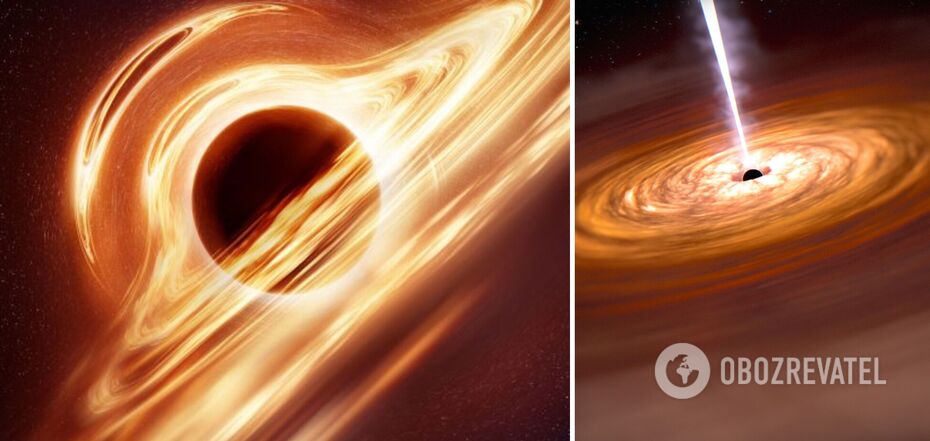Life
First photo of a black hole was changed beyond recognition by AI: it opens up new horizons
Artificial intelligence has helped scientists improve the first-ever photo of a black hole in the Messier 87 galaxy, taken in 2019. At the time, the photo made a lot of noise among scientists, but ordinary users did not understand its greatness, complaining about the blurriness and unclear image.
The updated photo was published in a study that appeared in the journal Astrophysical Journal Letters. In it, scientists talked about the AI technology that helped to improve the photo, as well as how it will help in the study of our Milky Way galaxy.
If the first photo of the black hole showed a "fire donut" as described in the network, then after neural network processing, the photo shows a golden ring.
The updated photo will help scientists better understand its characteristics and extrapolate the data to the black hole in the centre of our galaxy, the Milky Way.
The historic photo of the supermassive black hole M87 was taken by the Event Horizon Telescope (EHT) and published in 2019. Data for it was collected in 2017.
The EHT is a network of seven telescopes located around the world. This makes it possible to make phenomenal observations, but they are not without flaws. Therefore, scientists decided to use AI to improve the results.
For the new study on improving black hole photography, they used the latest machine learning technique called principal component interferometric modelling or PRIMO. This technique made it possible to get rid of the disadvantages of EHT and improve the telescope's resolution to the maximum.
"Since we cannot study black holes up close, image details play a crucial role in our ability to understand their behaviour," explained lead author of the study Leah Medeiros, LiveScience reports.
Thanks to AI, the width of the "fire" ring was reduced by about half. According to Medeiros, this will be an important refinement for theoretical models and gravity tests.
The refined image of M87 obtained with PRIMO gives scientists a chance to better match observations of a real black hole with theoretical predictions.
To train PRIMO to understand and distinguish between black holes, scientists showed the AI 30,000 highly accurate simulated images of these cosmic titans while they are in the process of accretion, feeding on the surrounding gas.
Thus, the AI was trained to find patterns so that it could distinguish a black hole from, say, a blurry photo of a donut on a dark background.
The PRIMO image of M87 is consistent with the EHT data as well as with theoretical models of black holes, which explain that the bright ring is the result of gas accelerating to near-light speeds. This is due to the super-powerful gravitational influence of the black hole, which causes the gas to heat up and glow.
Now, PRIMO will be used to improve the image of the Sagittarius A black hole, which exists in the centre of the Milky Way. Its first photo was published in 2022.
The supermassive black hole M87 is located 55 million light-years from Earth and has a mass equivalent to 6.5 billion Suns.
Earlier, OBOZREVATEL told you about a black hole in a distant galaxy that turned around, directing a beam towards the Earth. This behaviour puzzled even physicists.
Subscribe to OBOZREVATEL's Telegram and Viber channels to keep up with the latest news.































